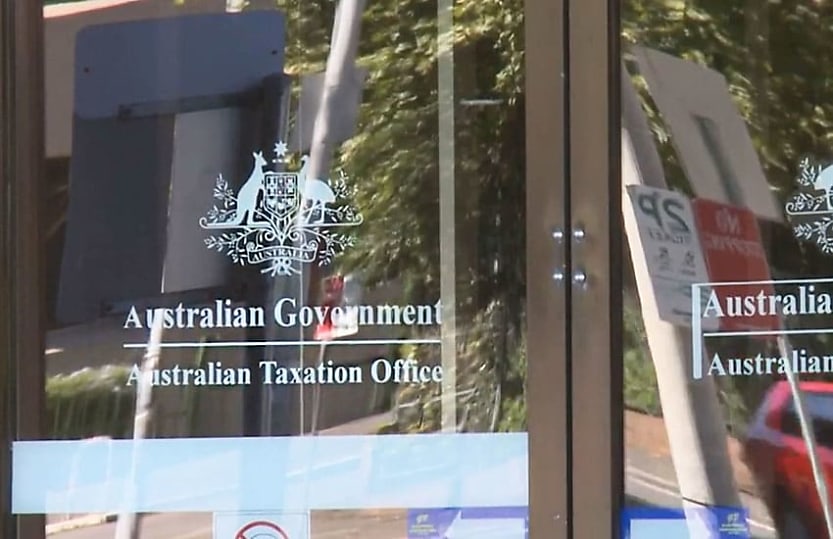ART upholds ATO’s view in decision on partnership distributions

The Tribunal has upheld a decision by the Commissioner to include certain distributions from an accounting firm partnership as assessable income.
The Administrative Review Tribunal of Australia (ARTA) has affirmed a decision by the Commissioner of Taxation in a recent case examining whether distributions from a partnership should have been included in a taxpayer’s assessable income.
The applicant in the case was an equity partner in an accounting firm between 1 July 2012 and 30 October 2016.
The partnership prepared income tax returns for the applicant, returning an amount of $62,602 for the financial years ending 30 June 2018, 30 June 2020 and 30 June 2021.
The applicant disagreed with the income tax returns prepared for him by the partnership and lodged an objection against the assessments under Part IVC of the TAA 1953.
The Commissioner disallowed the objection lodged by the applicant.
The applicant’s position was that he was not a partner in the relevant years and did not have any interest as a partner in the net income of the partnership in the relevant years and that no distributions of partnership net income were received by him in the relevant years.
The Commissioner said it was not necessary for the applicant to be a partner of the partnership in the relevant years for the $62,602 to be included in his assessable income in each of those years.
The Tax Office also contended that the relevant issue was not about whether the Applicant received partnership net income in the relevant years, but rather whether the Applicant derived those amounts by having them applied for his benefit or at his direction.
Schedule 15 of the partnership agreement set out the partner termination deed.
Clause 2.9 of the partner termination deed stated that taxation timing differences would be rolled out certain years and required the outgoing partner to acknowledge that they would return the timing differences as taxable income within the years ending 30 June 2018, 30 June 2019, 30 June 2020, 30 June 2021 and 30 June 2022.
The Tribunal was not persuaded that the applicant had ceased to be in a tax law partnership in the relevant years.
It accepted the Commissioner’s submissions, that the accountant had accepted some ongoing obligations to the partnership under the partnership agreement after he left the partnership and remained in a tax law partnership after 30 October 2016 because he was in receipt of statutory income jointly with the partnership.
“As the Commissioner contends, the relevant amount of that statutory income was identified by the partnership and included in the Assessments for the Relevant Years, consistently with the terms of the Partnership Agreement, the Partnership Retirement Deed and in accordance with section 92 ITAA 36,” it said.
It also agreed with the Commissioner’s submissions that the applicant did not need to be a partner of the partnership in the relevant years to have assessable income included under section 92 of the ITAA 36.
The Tribunal also accepted the Commissioner’s submissions that actual or constructive receipt of part of the assessable income of the partnership in the relevant years was not required.
“The Tribunal agrees that the relevant enquiry in relation to receipt is that which flows from the wording of section 6-5(4) of the ITAA 97 that the amount in question is received when “it is applied or dealt with in any way on your behalf or as you direct”, and that actual receipt of the amount is not the critical element,” it stated.
“The answer to the enquiry is that the amount in question ($62,602) was a sum which was applied by the partnership at the Applicant’s direction and for his benefit in each of the relevant years in accordance with the terms agreed to by the applicant under the 2012 partnership agreement and the partnership retirement deed.”
The Tribunal concluded that the Applicant was properly assessable under section 92 of the ITAA 36 for the Relevant Years and he had not discharged his onus under section 14ZZK(b)(i) of the TAA 53 of proving that the Assessments were excessive.
The Tribunal is of the view that the Commissioner’s decision to disallow the Objection was the correct decision,” it said.
About the author
